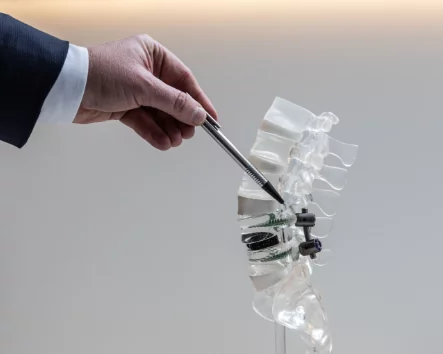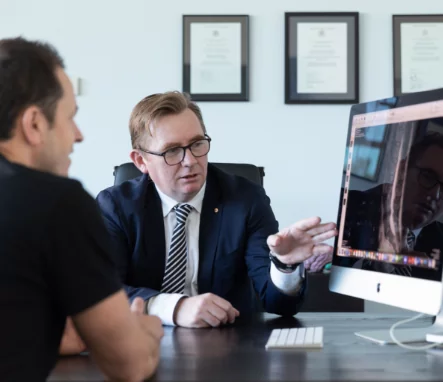

Treatment options depend on the nature and severity of symptoms. Urgent surgery is required if there is weakness, bladder or bowel dysfunction, or other features of cauda equina syndrome.
Milder symptoms may be managed conservatively with physiotherapy. Cortisone injections are sometimes used, though their benefit in spinal stenosis is limited because the issue is often mechanical compression rather than inflammation.
If symptoms significantly impact daily life and function, surgery may be appropriate. This typically involves removing the lamina and thickened ligaments, and, if necessary, any protruding disc material to decompress the nerves. The procedure is performed through an incision in the back and is a common neurosurgical operation.
To learn more about treatments for Lumbar Spinal Stenosis, click one of the following links

